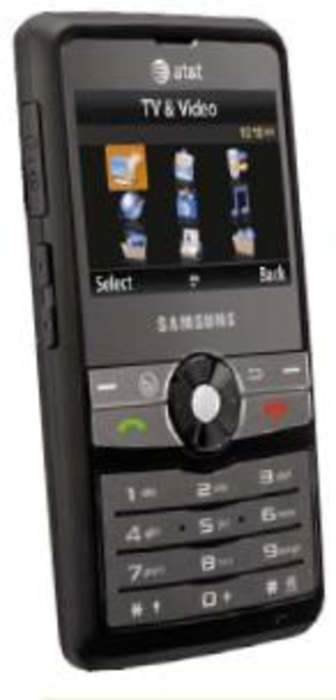AT&T announced on May 4 that it would begin providing a mobile TV service to subscribers in the US. The new service, provided by MediaFLO USA, allows users to watch live television programming from CBS Mobile, ESPN Mobile TV, Comedy Central and MTV, among others. Verizon Wireless started offering the same service — also provided by MediaFLO — last year.
“This is actual broadcast television sent to the mobile — it’s not carried over the wireless network,” explained Mark Siegel, executive director of media relations for AT&T. The carrier already offers wireless video offerings, providing subscribers with on-demand video clips.
Broadcast mobile TV is another in a series of new technologies to bring video entertainment and information to mobile devices. It is unclear how many users in the US will actually sign up for it.
In fact, Nielsen Mobile reported there were only 4.1 million active users of mobile video, which includes live mobile TV and video downloads, in the US as of the fourth quarter of 2007.
Neil Strother, an analyst for JupiterResearch, called the mobile TV and video market “very, very nascent.”
Based on JupiterResearch survey data, just 1% of online users have watched video clips on their cell phones. However, 6% of those surveyed said they would like to watch video clips on their phones and 20% or more said they were interested in viewing local content like weather, news and traffic.
Verizon’s broadband service has been available for a year; however, it has not released numbers of customers using the service. The company did not respond to inquiries by press time.
Having two of the largest carriers in the market offer mobile TV implies some competition, Strother said. But, he anticipated that US adoption would be fairly slow.
Like regular television, those watching mobile TV will be able to flip channels and see commercials. AT&T subscribers to the service — which costs between $13 and $30 a month, depending on the package — will have to use either a LG Vu or a Samsung Access phone. The service is only available in 58 markets.
The subscription costs may be a hindrance to mobile TV adoption, Strother said. Perhaps if the cost dropped to the single digits more people would be willing to sign up for it, he speculated.
Weijie Yun, CEO of Telegent Systems, a company that produces chips that enable mobile TV in handsets and other electronics, said he sees growth potential.
“I think we’re experiencing the beginning of a new phenomenon in how people watch TV,” Yun said. “The next step is to drive the consumer adoption.”








